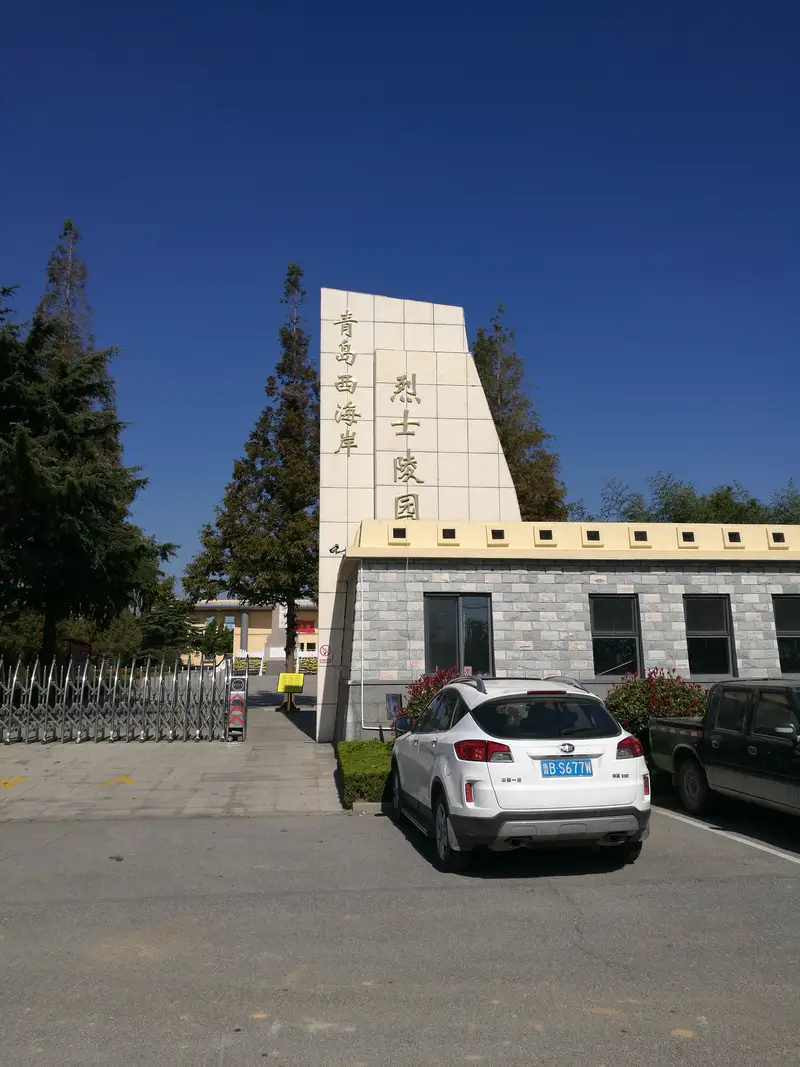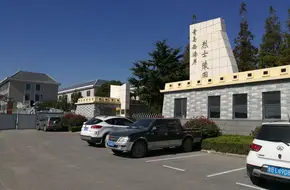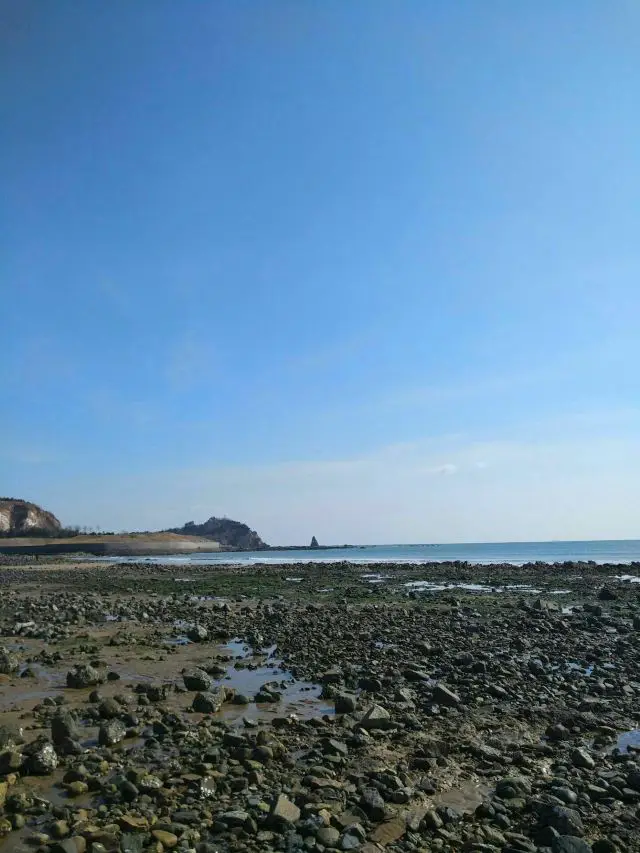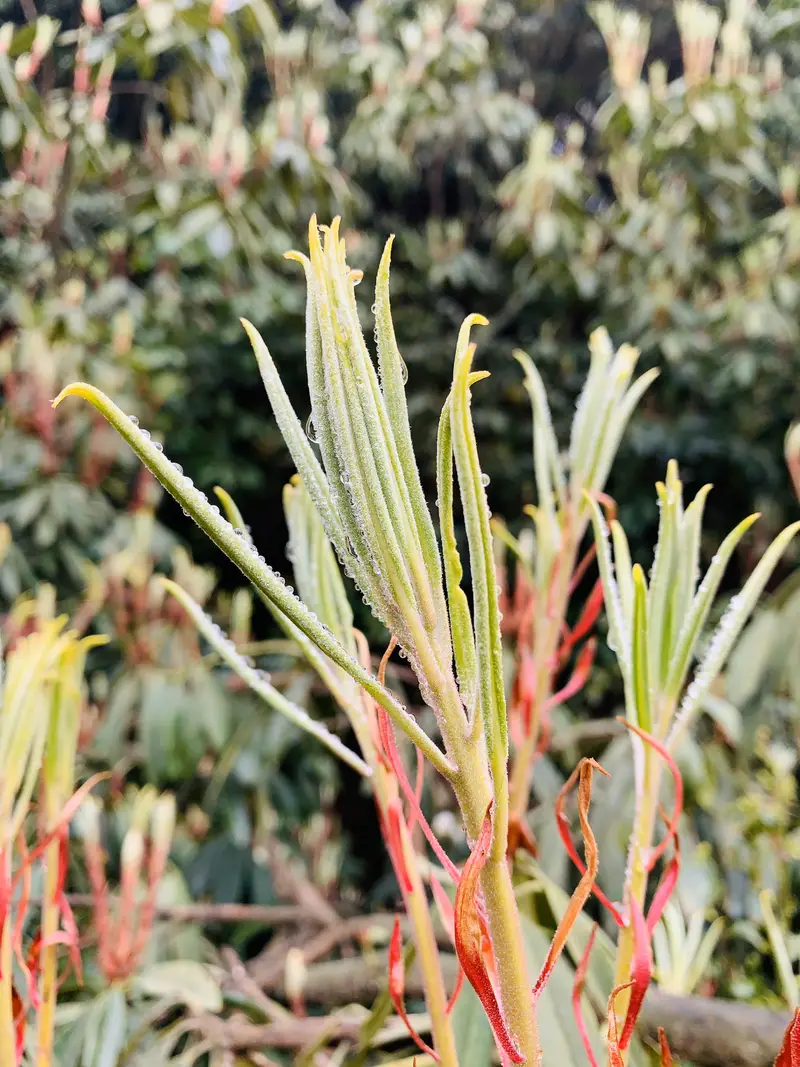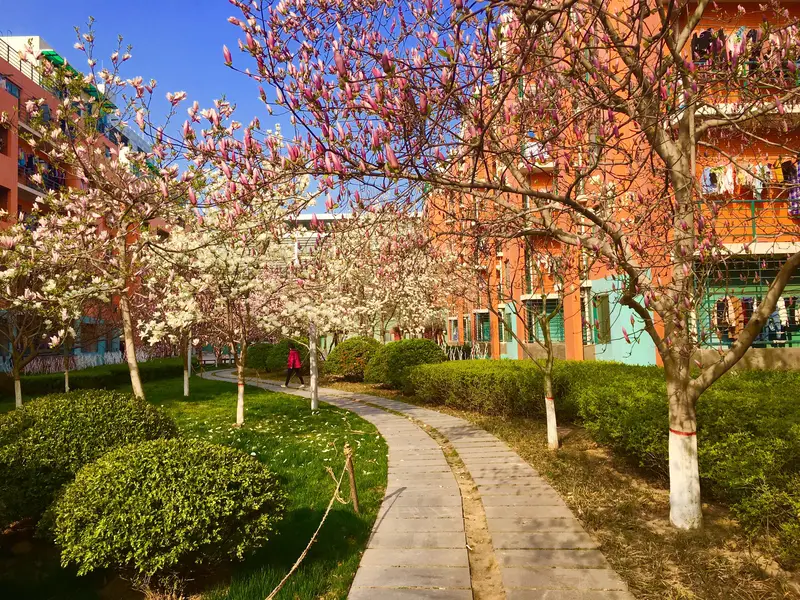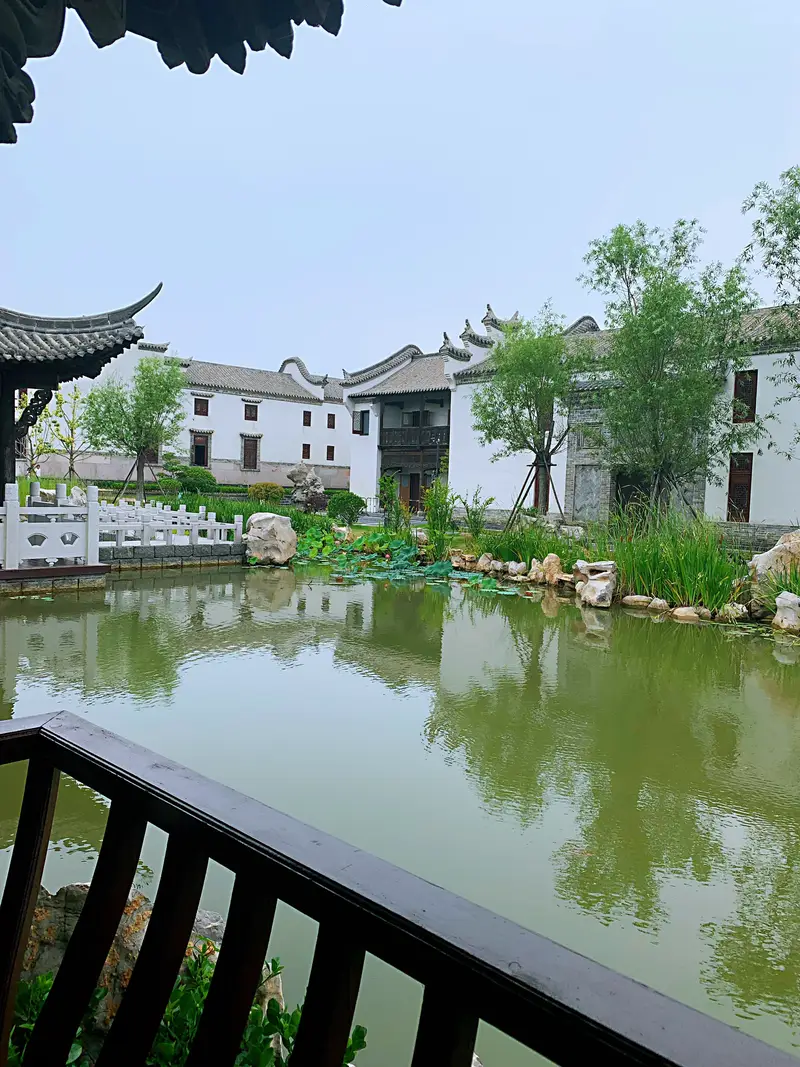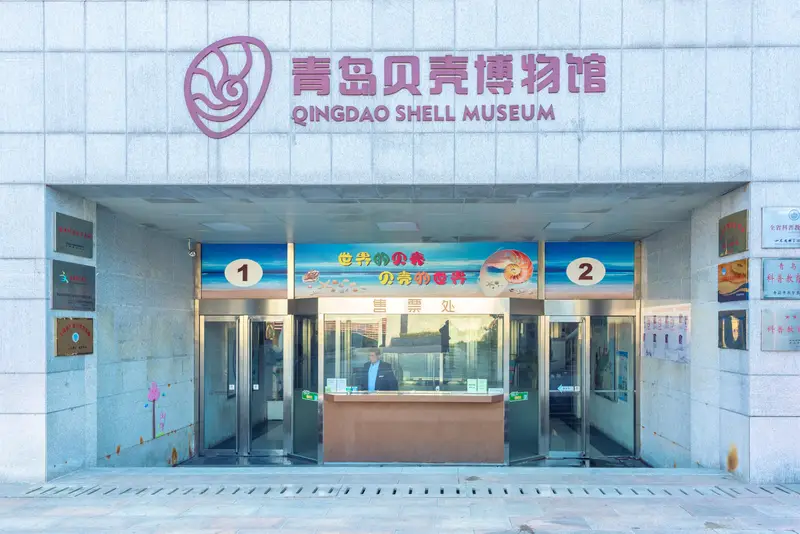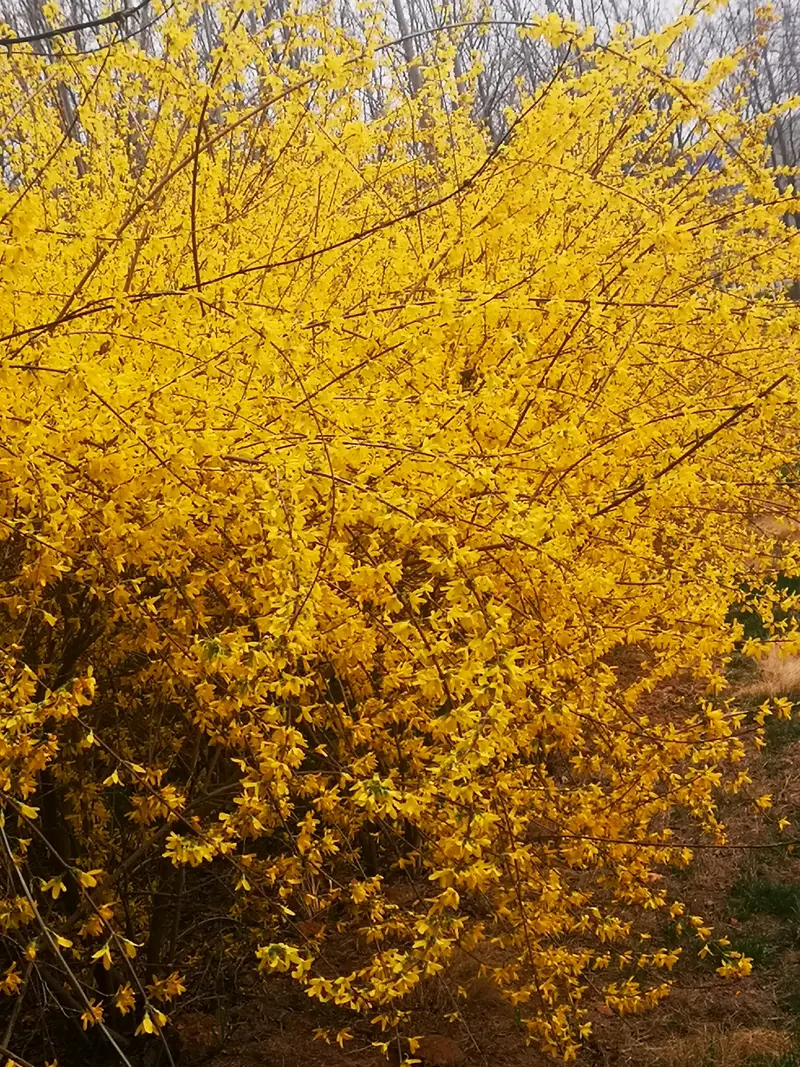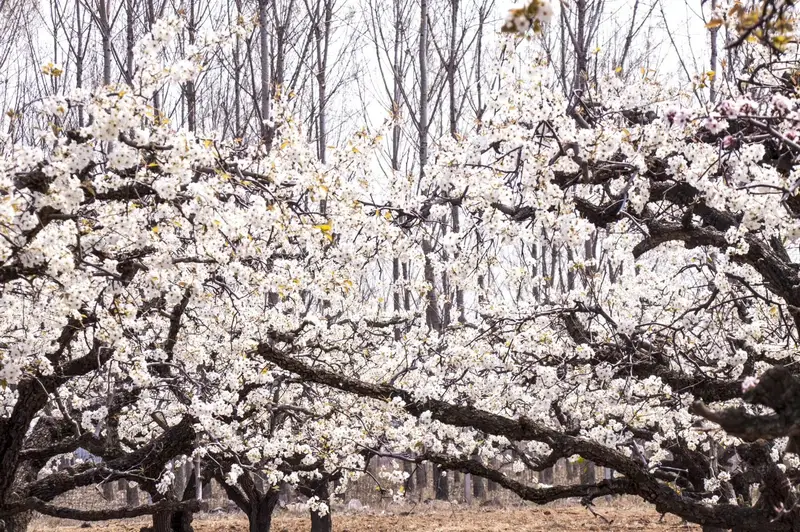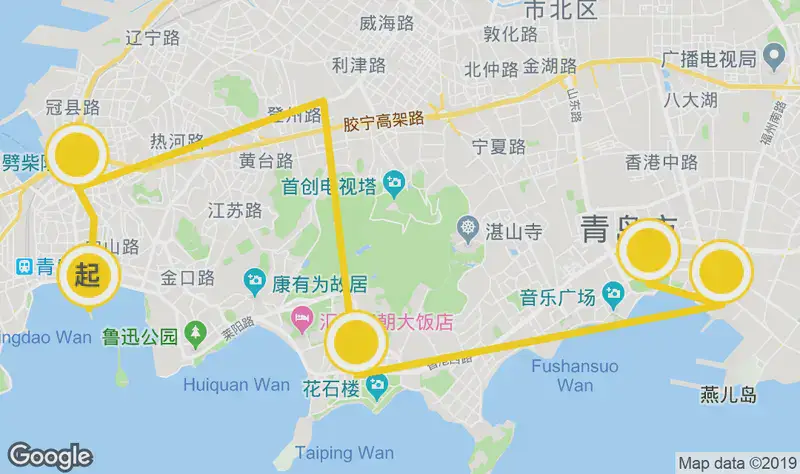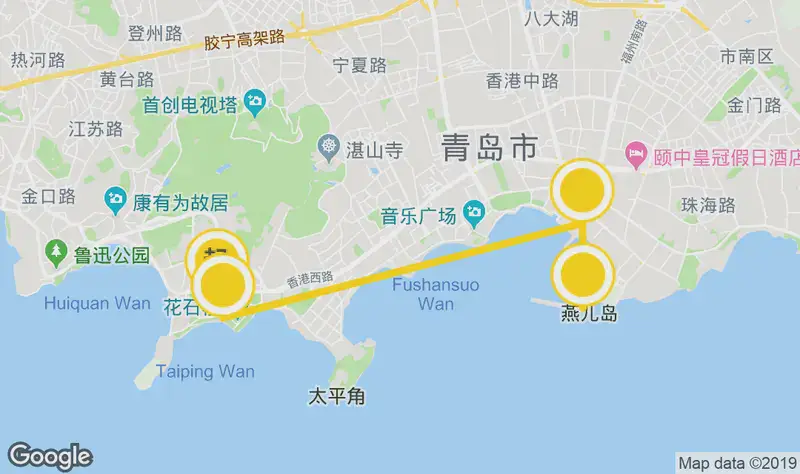Jiaonan Martyrs’ Cemetery sits at the northern end of Zhushan Road in Huangdao District, Qingdao, Shandong Province. It’s nestled against gentle hills, just a 30-minute drive from downtown Qingdao. To reach it, you can take the metro to Huangdao Station and switch to a local bus (like Bus 806) that stops nearby. If you’re driving, follow the signs to “Zhushan Road”—there’s free parking available, which is a nice bonus. The area feels quiet and removed from the city hustle, making it a peaceful spot for reflection.
Natural Scenery: A Blend of Serenity and Solemnity
The cemetery is surrounded by lush greenery and tall pine trees, which create a calming atmosphere. In spring, cherry blossoms and wildflowers add a touch of softness to the stone memorials. A winding path leads you through the grounds, where you’ll spot neatly trimmed lawns and simple benches for quiet moments. The hills behind the site offer light hiking trails if you want to stretch your legs, though the main focus here is on paying respects. Even on busy days, the natural setting keeps things feeling peaceful.
Human History and Cultural Significance
Jiaonan Martyrs’ Cemetery is more than just a burial ground—it’s a living history lesson. The front area, called the assembly zone, hosts big events like revolutionary education ceremonies. Locals and tourists gather here for speeches, flag-raising rituals, and traditional performances that honor China’s struggle for independence.
The middle section holds the martyrs’ graves, where over 1,200 heroes are buried. Each grave is marked with a simple stone tablet, and some feature personal stories etched beside them. It’s a humbling reminder of the sacrifices made during wartime.
The memorial hall at the back is the heart of the site. Inside, you’ll find old photos, letters, and artifacts from the early 20th century. One room even recreates a wartime bunker, letting you step into history. Guides often share tales of local heroes, making the past feel vivid and real.
Facilities and Amenities
The cemetery is visitor-friendly, with clear signage in both Chinese and English. A small visitor center offers maps, bottled water, and basic souvenirs like badges or booklets about the martyrs. Clean restrooms and shaded resting areas are scattered throughout, so you can take breaks without leaving the grounds. Wheelchair access is available, and staff members are quick to help if you need directions.
Visiting Experience: Respect and Reflection
A trip to Jiaonan Martyrs’ Cemetery is about more than sightseeing—it’s about connecting with history. Start at the assembly zone, where you might catch a live choir singing revolutionary songs. As you move toward the graves, the mood grows quieter. Many visitors leave flowers or silently salute the memorials.
The museum is a highlight. Audio guides (free with entry) explain each exhibit in simple terms, so you don’t need prior knowledge. Some displays include interactive touches, like listening to recordings of veterans’ voices. Plan for at least two hours to explore everything without rushing.
Tips for Your Visit
- Best Time to Go: Spring (April–June) for mild weather and blooming flowers, or autumn (September–October) for cooler temps.
- What to Bring: Dress modestly (no shorts or tank tops), and consider bringing a notebook for taking notes in the museum.
- Respect Rules: Photography is allowed, but avoid flash near the graves. Follow signs marking “Silent Areas” to maintain respect.
- Nearby Extras: After your visit, walk 10 minutes to Zhushan Road’s local market for snacks or head to nearby Lingshan Bay for ocean views.
Jiaonan Martyrs’ Cemetery isn’t just a tourist spot—it’s a place where past and present meet. Whether you’re interested in history, nature, or simply wanting to pay your respect


